 A closely divided Supreme Court. Four justices in their 70s. Presidential candidates with dramatically different views of the ideal high court nominee.
A closely divided Supreme Court. Four justices in their 70s. Presidential candidates with dramatically different views of the ideal high court nominee.
And yet, until late in Thursday’s debate between Vice President Joe Biden and Republican vice presidential nominee Paul Ryan, hardly a word about the court had passed the candidates’ lips. When the presidential candidates debated a week earlier, the Supreme Court was not mentioned even once.
Neither President Barack Obama nor Republican challenger Mitt Romney talks about the court in campaign speeches.
In the space of a couple of minutes on Thursday, however, the vice presidential candidates touched on the stakes in next month’s election.
The court came up when debate moderator Martha Raddatz asked about abortion.
Ryan made a reference that might have been oblique to many viewers but was well understood by advocates on both sides of the abortion debate as a repudiation of the court’s decision in Roe v. Wade in 1973 declaring a woman’s constitutional right to an abortion.
“We don’t think that unelected judges should make this decision,” Ryan said. Instead, “people through their elected representatives in reaching a consensus in society through the democratic process should make this determination.”
The tone and substance of Ryan’s words are similar to the views of Justice Antonin Scalia, who recently reiterated his belief that the Constitution offers no protection for the rights of women who seek an abortion.
Biden then specifically invoked Roe v. Wade and the threat he believes Romney’s election would pose to that landmark ruling.
“The next president will get one or two Supreme Court nominees. That’s how close Roe v. Wade is,” Biden said. He went on to predict that Romney, if elected, would appoint justices like Scalia who would vote to “outlaw abortion.”
Ryan asked whether Obama imposed a “litmus test” on his Supreme Court choices, by which he meant whether Obama had required Justices Elena Kagan and Sonia Sotomayor to offer assurances of their commitments to abortion rights before he nominated them to the high court. Biden said there was no such test. “We picked people who had an open mind, did not come with an agenda,” he said.
The discussion ended there.
Conservative and liberal interest groups have been pressing the candidates to talk more about the court with the argument that just one retirement could move the court decidedly left or right.
“We might wind up with the first true conservative majority since the 1930s,” said Curt Levey of the conservative Committee for Justice. Or, “the most liberal court since the (Earl) Warren era” in the 1950s and 1960s.
Nan Aron, president of the liberal Alliance for Justice, said the next appointment “could change the course of the court and the nation, not just for four years but for 40.”
Still, the last time the Supreme Court was a real campaign issue was Richard Nixon’s law-and-order campaign in 1968. In that year of antiwar protests and political assassinations, Nixon criticized the Supreme Court, then led by Chief Justice Earl Warren, for rulings in favor of criminal suspects that “effectively shielded hundreds of criminals from punishment.”
In that era, the Warren Court — though led by a chief justice who was a former Republican governor of California and vice presidential nominee — was decidedly liberal and Nixon’s attack on it fit with the thrust of his campaign, which included reaching out for support from conservative Southern Democrats upset with the high court over its civil rights rulings.
But social issues have not played as large a role in 2012 as they did in 1968. The focus on the economy has left little room for anything else.
Even so, several hot-button issues are before the court this term. The justices already are weighing the future of affirmative action in college admissions and could take up momentous cases involving gay marriage and a cornerstone of civil rights law.
___
Justice Samuel Alito took no part in the Supreme Court’s rejection this week of appeals in cases involving Chevron Corp. and the nation’s largest telecommunications companies.
When justices take themselves out of cases they rarely offer an explanation, but it is often not hard to figure out why, or at least make an educated guess.
Financial holdings, revealed in annual disclosure reports, often make clear the reason for justices’ withdrawals. In the case of Elena Kagan, her prior job in the Justice Department caused her to sit out the fight over affirmative action in higher education among dozens of other cases since joining the court in 2010.
But Alito did not own either Chevron or telecommunications stock last year, the latest period for which information is available. In addition, neither case came from the federal appeals court in Philadelphia where he was a judge before coming to Washington in 2006, so his recusal would not have been based on previously participating in the case.
And Alito declined to say why he didn’t take part in either case, when asked through the court’s public information office.
The justices are under no obligation to explain themselves, and most often, they do not.
Last month, the New York City Bar Association issued a report calling on justices to explain their decisions to withdraw from cases as well as their intention to hear cases in which questions have been raised about their ability to be impartial. Kagan and Justice Clarence Thomas ignored calls to sit out last term’s health care cases.
Legislation introduced by Rep. Chris Murphy, D-Conn., to accomplish disclosures like the bar association advocated has languished without a hearing since its introduction in March 2011.
(AP)



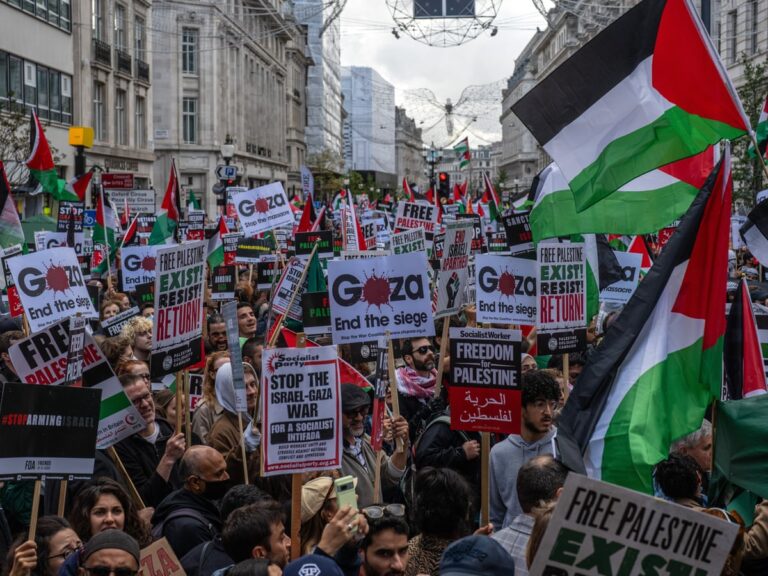

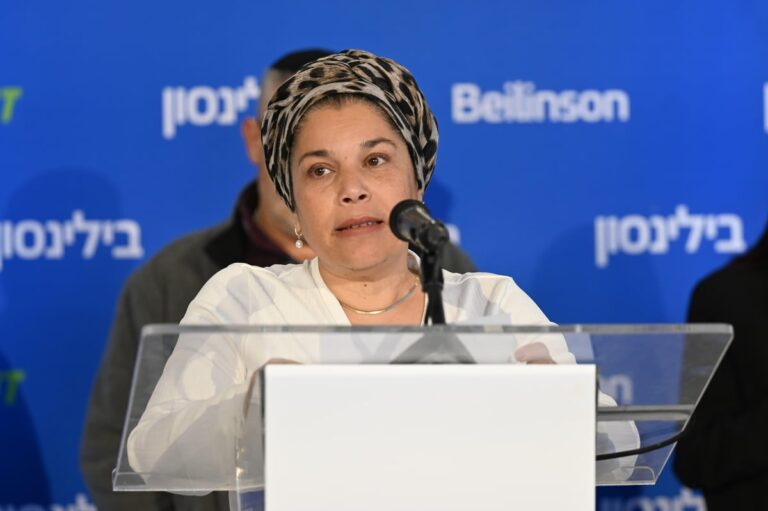
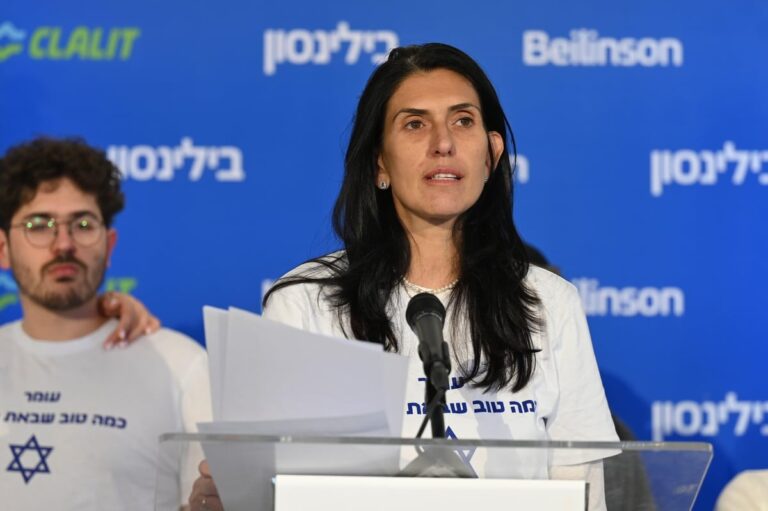

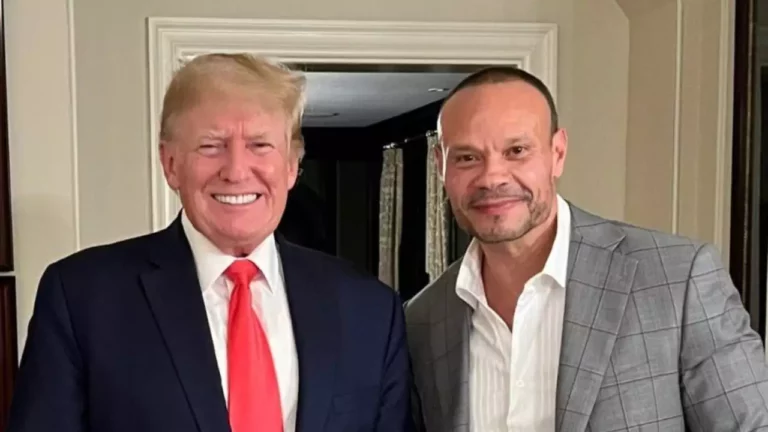
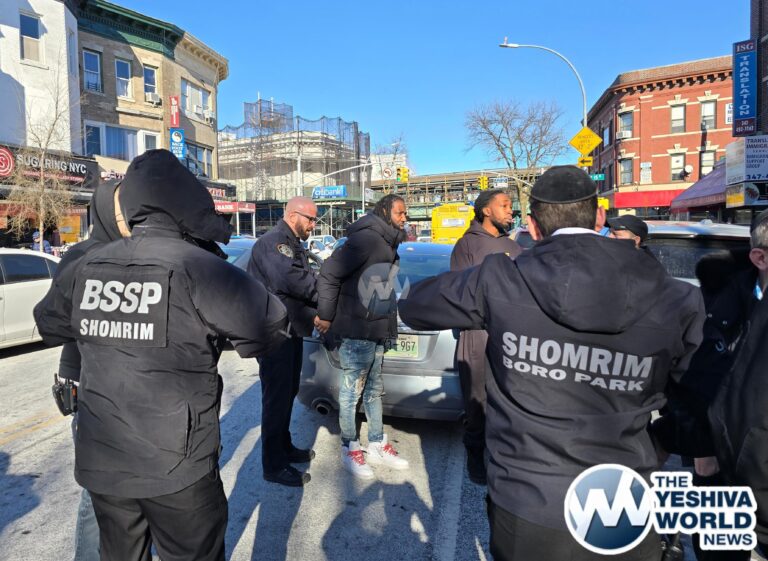

One Response
Given the age of several justice, including both conservatives and liberals, there is a good chance that if one party wins the next election they can serious tilt the Supreme Court for the next generation.